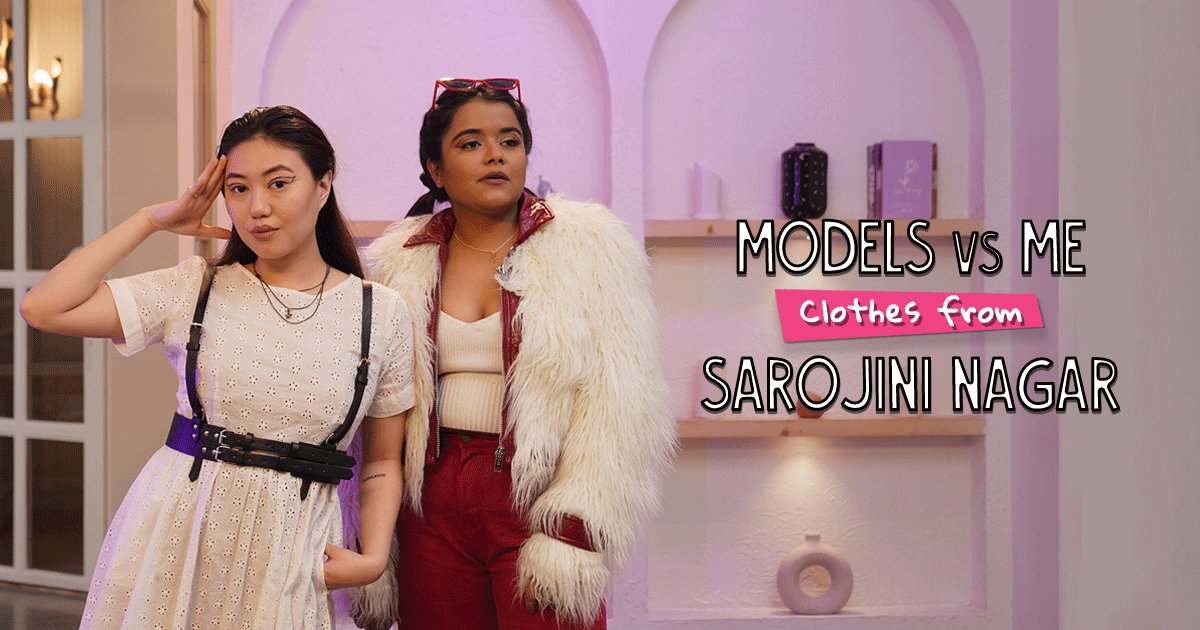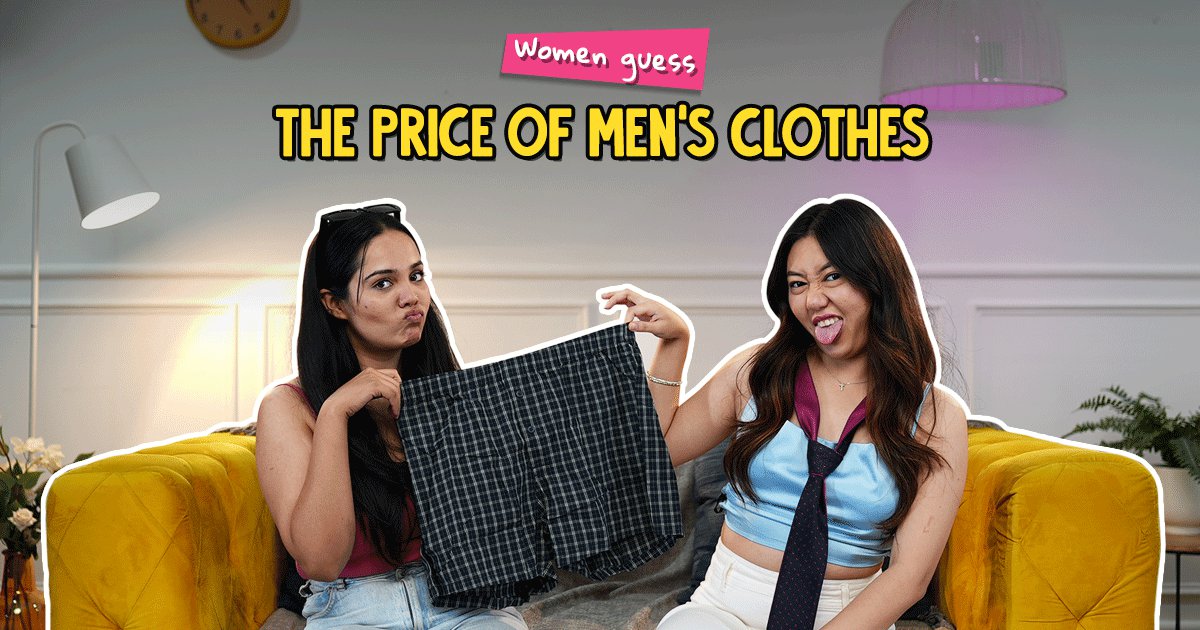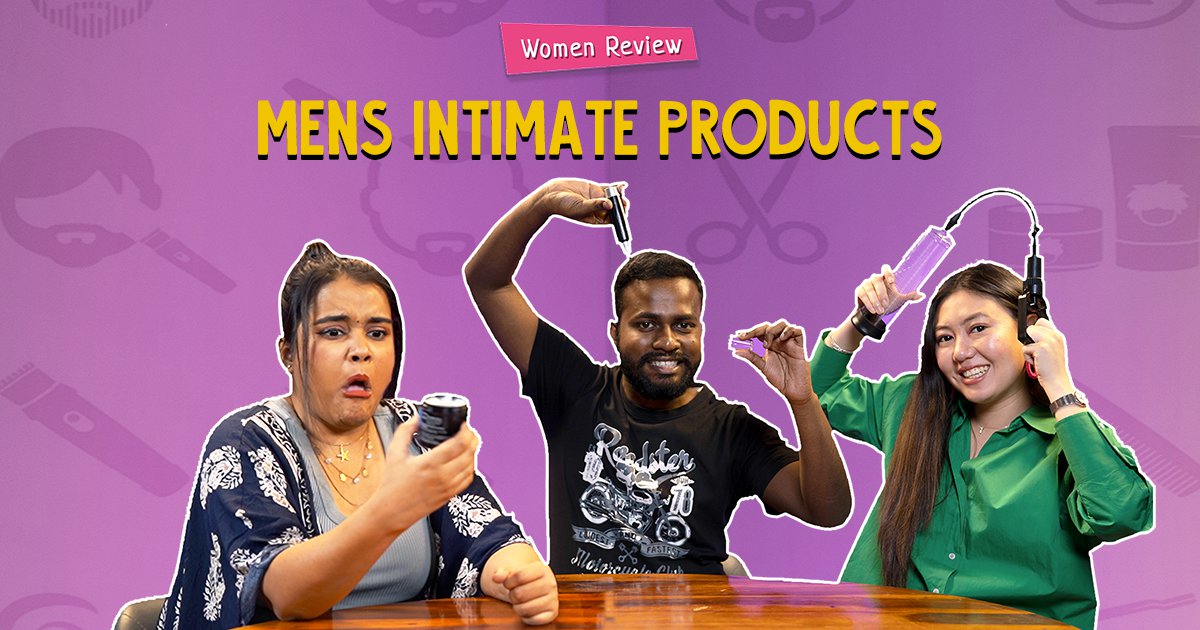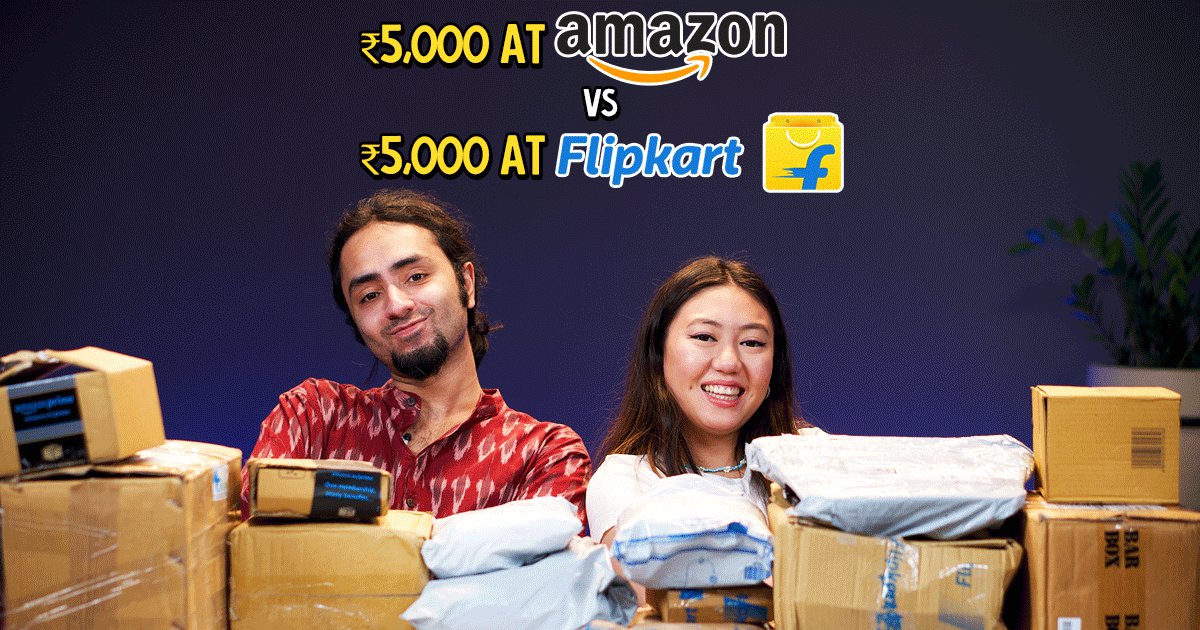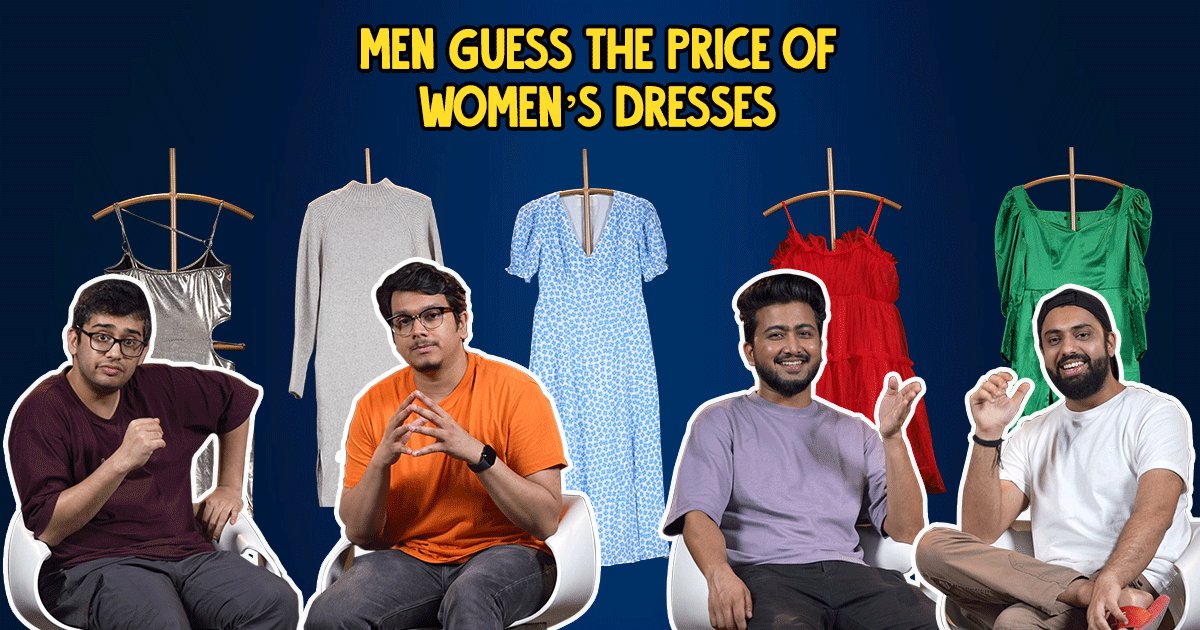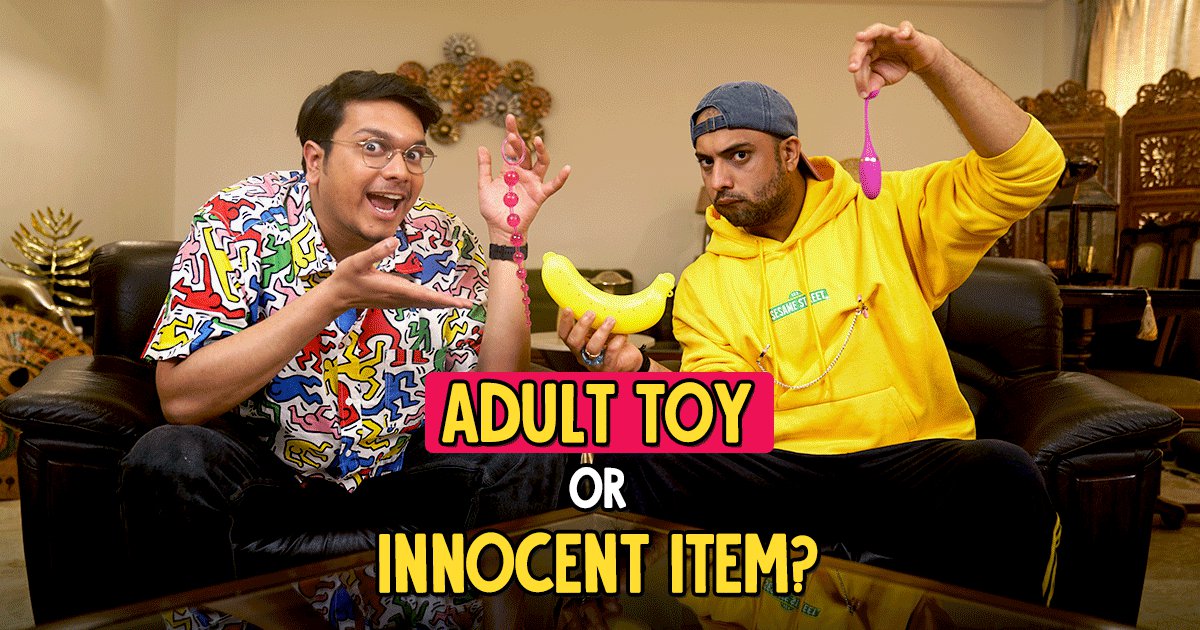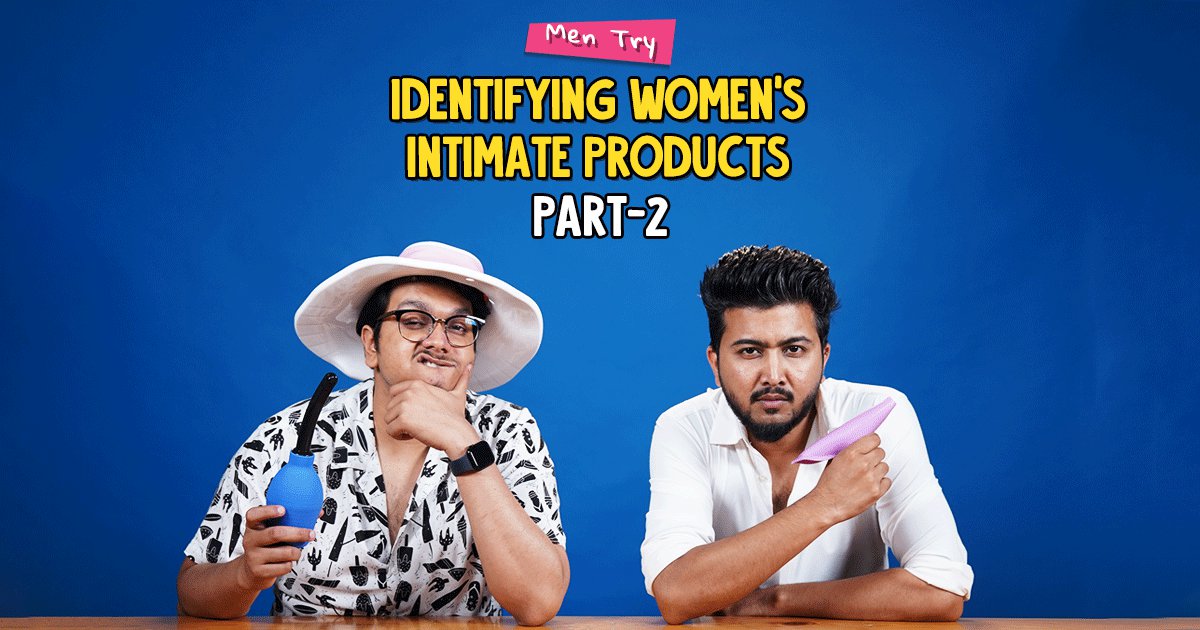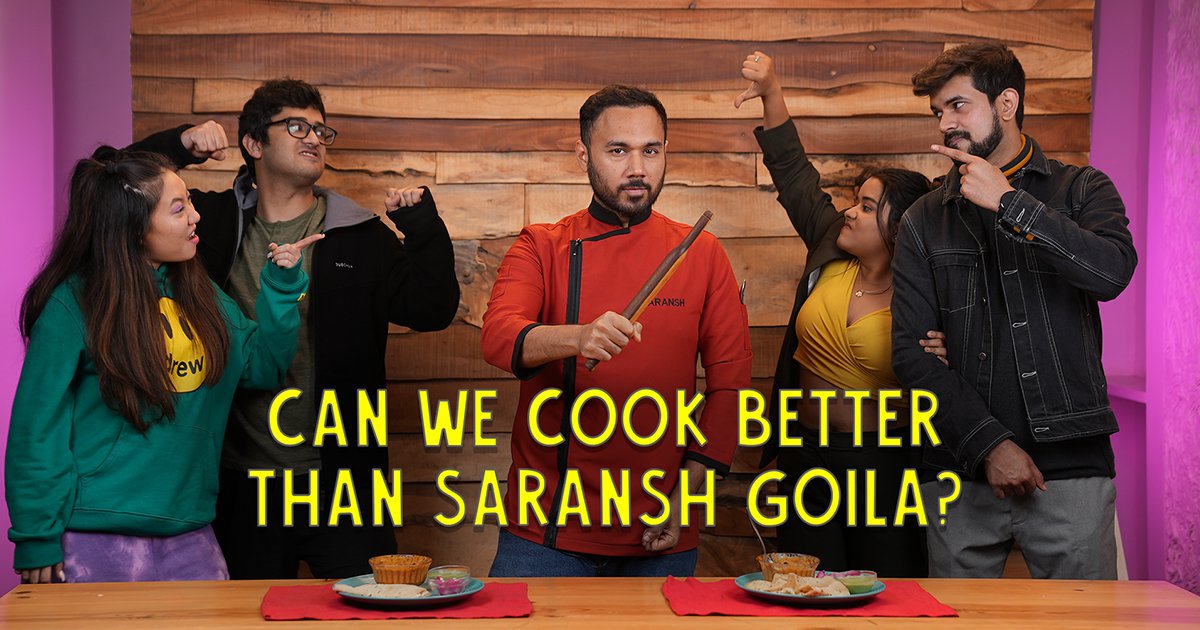Delivery apps are a lifeline for many of us, especially those with the busiest schedules. Whether you forget someone’s gift, want groceries, or need midnight snacks, these delivery apps have made everything just one click away. However, this world of convenience isn’t as perfect as it seems. As more and more users are now adopting this quick commerce lifestyle, they can’t help but notice some particular patterns – which are not ethical per se.

Well, if you have ever compared notes with your friends and realized that your groceries or delivery bills on these apps don’t really match, you are not alone. Recently a lot of netizens have shared their experiences on social media platforms about dark patterns that these apps have adopted. But a particular one in highlight is the price difference for iOS and Android. Users have spotted slightly (and sometimes considerably high) prices of the same groceries when ordered from the same location at the same time. The only difference is their phone model.
This has resulted in a lot of questions, including – are apps charging us differently based on the device we use? Because it looks like they are. Recently, Vinita Singh from LinkedIn shared her experience when she discovered that capsicums were priced at a huge difference on Zepto for an Android and iOS phone.



The Android phone showed the difference to be Rs. 21, whereas the iPhone showed it to be almost Rs. 107. A whopping difference of Rs. 86. The users shared their experiences in the comment section. While one user commented “iPhone leke ghumte ho kharcha to hoga na”, one user justified the difference as: “(more)….. Apple is charging $965 more than Google to keep your app published. So, companies have to find a way to manage this cost, and I guess the users, for whom companies need to pay this amount, should be the best source to manage this extra cost.”
This isn’t just an isolated incident. Multiple users have complained about the dynamic pricing between iPhone and Android users. Take a look:
A user also shared the other dark patterns that have taken over the apps.
Well, it isn’t just online delivery apps, but other service-based apps like Uber as well. Users have shared how Uber has also presented dynamic planning for different models of phones.
The next time you open your favorite quick commerce app, take a moment to consider what’s happening behind the scenes. Are you paying a premium because of your phone? Is the app quietly tweaking fees based on assumptions about your spending habits?
While these price differences may seem small, they raise bigger questions about fairness, transparency, and how much control we really have as consumers.








